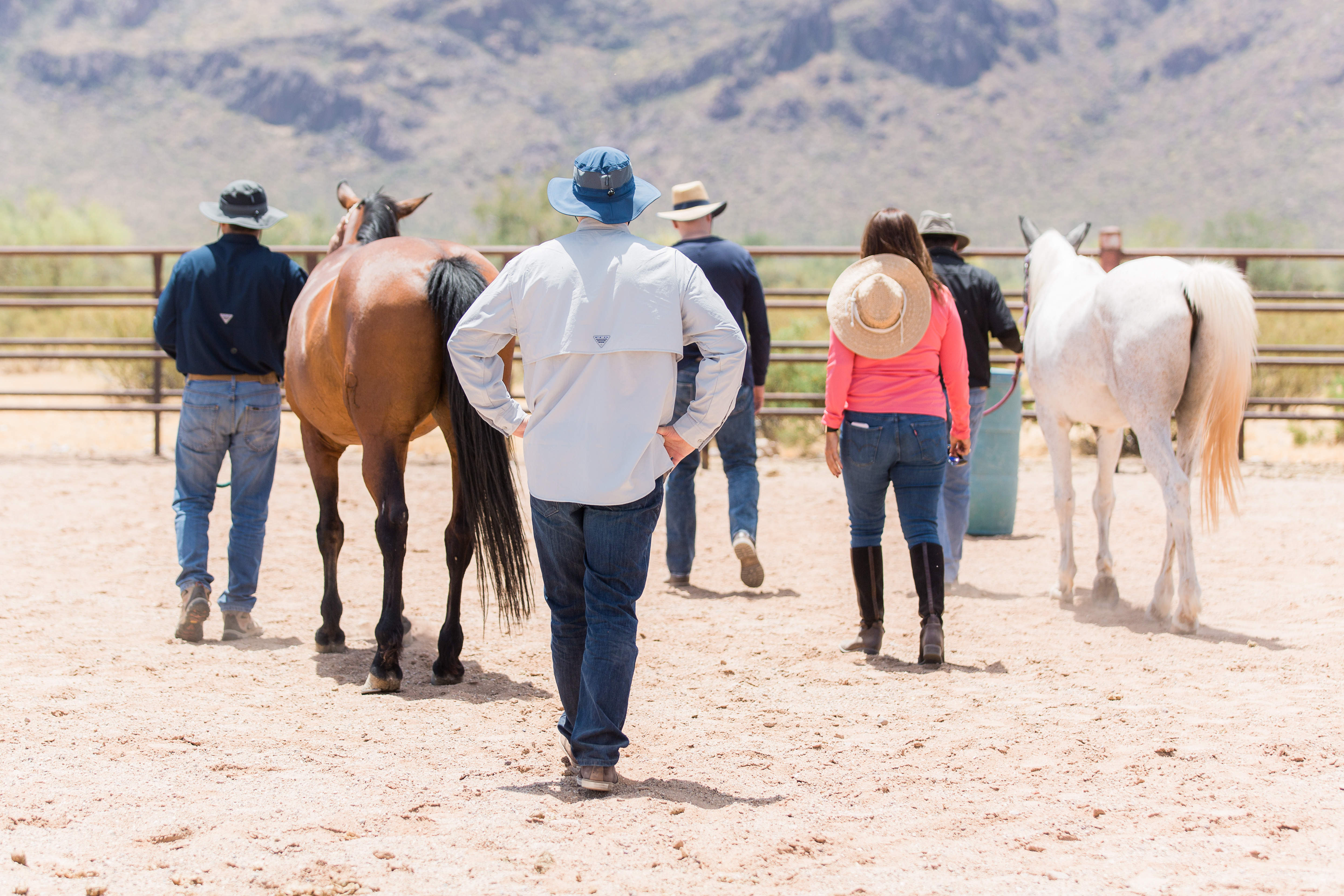CREATE
SUCCESSFUL TEAMS
- What distinguishes a team from a group of people?
- How to turn a group of people into one tight-knit and motivated team?
In a group of people, individuals can work together, but they are not
united and above all there is no greater identity in which one they recognize, they don't develop team skills and therefore have limited potential. They lack a mission, a shared goal.
Instead a team includes each of the individuals and at the same time has its own identity, its own mission, specific skills.
Many wooden
planks, even if kept together, only a heap of planks remain: they have a theoretical
potential, what "could be done" with them and a real potential (the
use made of them, for example, tying them together to cross a river). But if a
boat is built with these, each axis identifies with it, belongs to it and
acquits it a specific
function and at the same time now there is a superior entity with its own
enormously larger "real and theoretical" mission.
To create a
united, close-knit and motivated team it is important first of all to know
and recognize each single individuals, their values, their specific
abilities, so that all this will be incorporated and enhanced in the team.
A Team building activity fulfills this task: through dynamics very precise it creates the conditions that allow the members of the group to acquire awareness, identify shared values, get to know each other deeply, define together a common mission and recognize themselves in a higher entity with values, goals and the motivation to pursue them
Our methodology includes dynamics with Horses
Why enter an interactive activity with horses in a Teambuilding process?
To complete a Teambuilding process it is
necessary that everything that is initially developed at a theoretical level,
through getting awareness and sharing knowledge, is then put into practice.
The dynamics of the groups partly work like those of individuals, who are able to know and understand things simply by interacting and reflecting, but in order for learning to take place and therefore assimilation at both conscious and unconscious levels, practice is necessary, that is the process that allows the cells of the body to do own the information and allows the creation of the new neuro-connections necessary to use the new competence.
For these
reasons, in our process, we insert activities in which the newly born team is
put to the test immediately. Through the creation of some dynamics that take
into account the real challenges the team faces in everyday life, the team is
made to experience everything they have learned and shared and thanks to the
fact that the horses take part in the dynamics (they are living and thinking
beings that act according to their own dynamics) makes the process realistic
and challenging.
· To
clarify team goals
· Motivation and focus on the results
· Opening up to changes in work organization
· To develop the ability to interact and work together
· Greater sense of belonging and trust among team members
·
Improve
internal communication
·
To
pass from competition to cooperation
· A more functional way to coordinate
· To be able to make decisions
· Discover the group's dynamics and strategies
· Strengthen activities, roles and responsibilities
· Perfecting leadership processes
To
know more details, understand what it is and how to activate this process in
your company or in your organization contact me:








